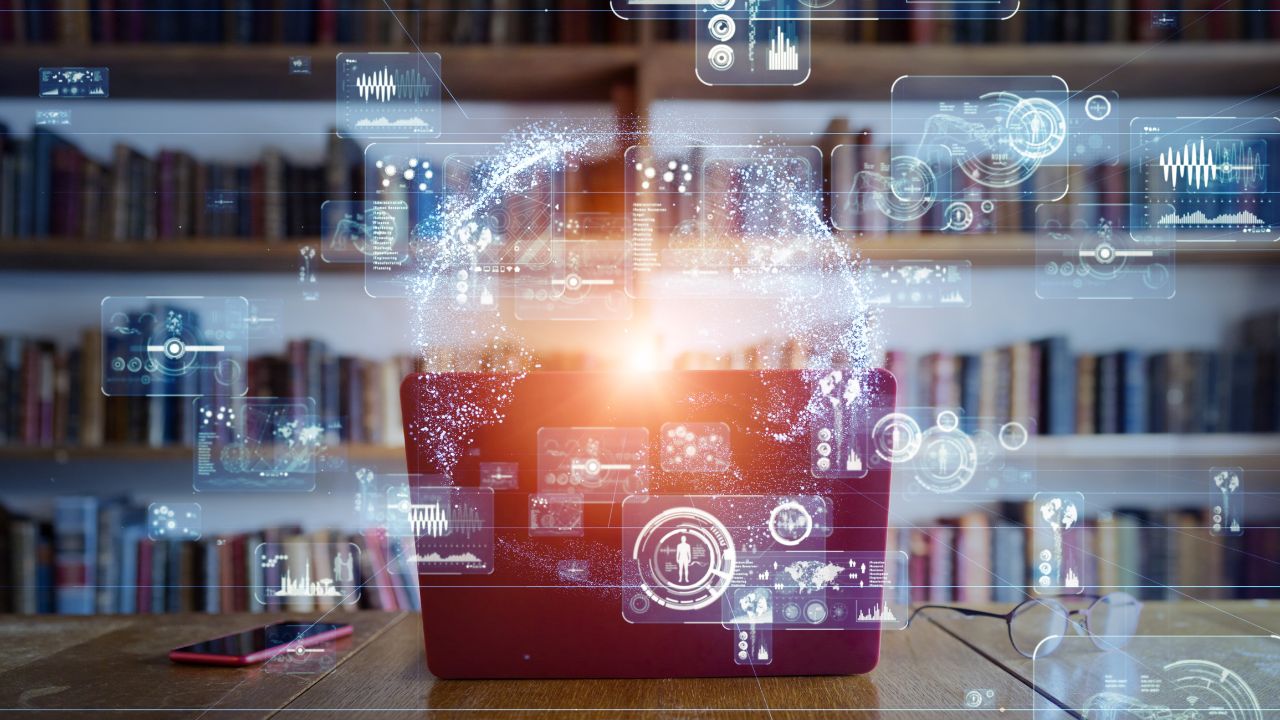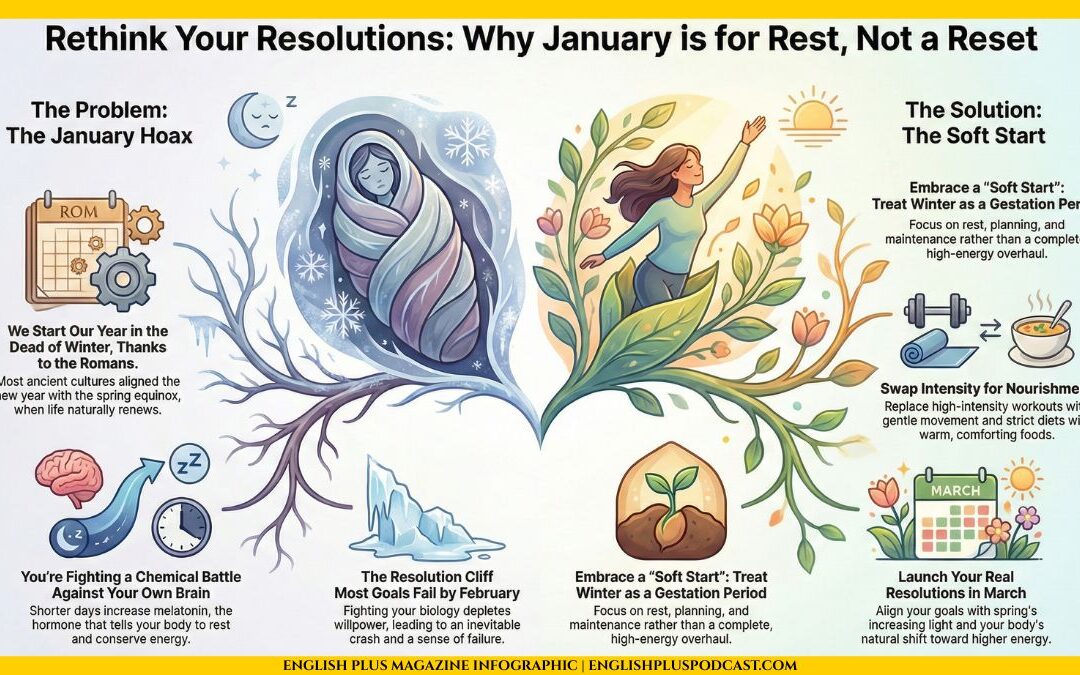- Introduction
- Personalized Learning
- Gamification
- Virtual and Augmented Reality
- Artificial Intelligence and Machine Learning
- Collaborative Tools and Learning Management Systems
- Data Analytics and Learning Assessment
- Mobile Learning and Microlearning
- Robotics and Coding
- Conclusion
- Keywords:
- Key Takeaways
- You Might Still Be Wondering about…
- How can personalized learning benefit students with diverse learning styles and needs?
- What are some potential challenges or limitations of implementing gamification in education?
- How can virtual and augmented reality technologies enhance learning experiences in subjects like science or history?
- What are some ethical considerations related to the use of artificial intelligence and machine learning in education?
- How can collaborative tools and learning management systems promote effective communication and collaboration among students and teachers?
- What are the benefits of using data analytics in education? How can teachers use data insights to improve instruction?
- What are the advantages of mobile learning and microlearning in terms of accessibility and engagement?
- How can robotics and coding education develop skills that are relevant to the future workforce?
- What challenges might educators face when integrating EdTech trends into their classrooms, and how can they overcome them?
- How can the integration of EdTech trends contribute to a more inclusive and equitable education system?
- Common Misconceptions
- Personalized learning means students can learn whatever they want without guidance.
- Gamification in education is solely about playing games instead of focusing on learning.
- Virtual and augmented reality technologies are only useful for entertainment purposes.
- Artificial intelligence and machine learning will replace teachers.
- Learning management systems limit face-to-face interaction between teachers and students.
- Data analytics in education compromises student privacy.
- Mobile learning is inferior to traditional classroom learning.
- Robotics and coding education is only for students interested in pursuing a career in technology.
- Integrating EdTech requires a complete overhaul of the curriculum.
- EdTech is only beneficial for younger students.
Introduction
In recent years, technology has transformed various aspects of our lives, and education is no exception. Educational technology, or EdTech, has been revolutionizing classrooms and learning environments, enhancing the ways students learn, teachers teach, and institutions operate. This article explores the latest EdTech trends that are reshaping education and creating new opportunities for learners and educators.
Personalized Learning
Personalized learning is gaining traction as a powerful approach to education. With the help of EdTech tools, personalized learning enables students to learn at their own pace, focus on their specific areas of interest or need, and receive tailored feedback. Adaptive learning platforms, intelligent tutoring systems, and learning management systems equipped with data analytics are driving the advancement of personalized learning.
These technologies use algorithms and artificial intelligence to gather data on students’ progress and preferences, adapting the learning experience accordingly. Personalized learning not only increases engagement and motivation but also maximizes the efficiency of education by targeting individual student needs.
Gamification
Gamification brings game-like elements into the educational experience, making learning engaging and enjoyable. EdTech platforms and applications incorporate game mechanics, such as rewards, levels, challenges, and leaderboards, into educational content. Gamification helps create a positive learning environment, fosters competition and collaboration, and enhances motivation and retention.
Gamified learning platforms can cover various subjects and grade levels, providing interactive activities and quizzes. They can also offer real-time feedback and progress tracking, allowing students to monitor their growth and achievements.
Virtual and Augmented Reality
Virtual and augmented reality (VR/AR) technologies are reshaping the educational landscape, immersing students in interactive and simulated experiences. VR provides a computer-generated 3D environment that users can explore, while AR overlays digital information onto the real world.
In education, VR and AR can transport students to historical landmarks, take them on virtual field trips, provide hands-on experiences in science laboratories, and even simulate complex scenarios like medical surgeries. These immersive technologies engage students, enhance comprehension and retention, and provide opportunities for experiential learning that might otherwise be challenging to access.
Artificial Intelligence and Machine Learning
Artificial intelligence (AI) and machine learning (ML) are rapidly advancing fields with tremendous potential in education. AI-powered tools can analyze vast amounts of educational data, identify patterns, and generate actionable insights.
AI and ML can automate administrative tasks, freeing up valuable time for educators to focus on instruction and individualized support. Intelligent tutoring systems can provide personalized feedback and guidance to students, acting as virtual tutors. Additionally, AI-driven assessment tools can analyze student performance and provide adaptive assessments tailored to individual needs.
Collaborative Tools and Learning Management Systems
Collaboration is a vital skill for the modern workforce, and EdTech facilitates collaboration among students, teachers, and even across institutions. Learning management systems (LMS) provide a digital platform for organizing course materials, delivering content, facilitating discussions, and assessing student progress.
LMS platforms often incorporate features such as discussion boards, group projects, and collaborative document editing. They enable seamless communication and collaboration, regardless of physical distance. Additionally, cloud-based tools and file-sharing platforms allow students to collaborate on projects in real-time, fostering teamwork and enhancing critical thinking skills.
Data Analytics and Learning Assessment
Data analytics is transforming the way educators assess student learning and make informed instructional decisions. EdTech tools collect and analyze data on student performance, engagement, and behavior to provide valuable insights.
Data analytics can identify areas where students may be struggling, enabling timely interventions. It can also help teachers adjust their instructional strategies based on individual and group needs. Moreover, data analytics can assist educational institutions in monitoring and evaluating their programs, identifying areas of improvement, and making data-informed decisions.
Mobile Learning and Microlearning
With the ubiquity of smartphones and tablets, mobile learning has become increasingly popular. Mobile apps and platforms allow learners to access educational content anytime, anywhere, providing flexibility and convenience.
Microlearning, a trend within mobile learning, focuses on delivering short, bite-sized lessons or modules. These microlearning units are designed to be consumed in short bursts, catering to the modern learner’s fragmented attention span and busy lifestyle. Microlearning is particularly effective for just-in-time learning, quick reviews, or reinforcement of specific concepts.
Robotics and Coding
Integrating robotics and coding into the curriculum equips students with valuable skills for the future. Robotics engages students in hands-on, experiential learning, promoting problem-solving, critical thinking, and creativity. Students learn to design, build, and program robots, fostering computational thinking and logical reasoning.
Coding, the language of technology, is becoming an essential literacy skill. EdTech tools and platforms provide interactive coding environments, enabling students to learn programming languages and develop their own applications or games. Coding education cultivates computational thinking, problem-solving abilities, and logical reasoning skills.
Conclusion
EdTech is rapidly transforming education, revolutionizing how students learn and how teachers teach. These emerging trends offer exciting opportunities for personalized and engaging learning experiences. As technology continues to advance, educators and institutions must embrace these trends to equip students with the skills necessary for success in the modern world. By harnessing the power of EdTech, we can unlock the potential for a more inclusive, interactive, and effective education system.
Keywords:
- EdTech: Educational technology refers to the use of technology, tools, and platforms to enhance teaching and learning processes.
- Personalized Learning: An approach to education that tailors instruction and learning experiences to meet the individual needs, interests, and preferences of students.
- Gamification: The integration of game-like elements and mechanics into educational activities and content to make learning more engaging and enjoyable.
- Virtual Reality (VR): A technology that creates a simulated, computer-generated environment that users can interact with and explore.
- Augmented Reality (AR): A technology that overlays digital information and virtual objects onto the real-world environment, enhancing the user’s perception and interaction with the physical world.
- Artificial Intelligence (AI): The development of computer systems that can perform tasks and make decisions that typically require human intelligence.
- Machine Learning (ML): A subset of AI that focuses on training computer systems to learn from data and improve performance without being explicitly programmed.
- Learning Management System (LMS): A digital platform or software that facilitates the organization, delivery, and management of educational content, assessments, and communication between teachers and students.
- Data Analytics: The process of collecting, analyzing, and interpreting data to gain insights and make informed decisions.
- Mobile Learning: Learning that takes place through mobile devices such as smartphones and tablets, allowing learners to access educational content anytime, anywhere.
Key Takeaways
- Personalized learning, enabled by EdTech tools, allows students to learn at their own pace and receive tailored feedback, maximizing engagement and efficiency.
- Gamification in education incorporates game-like elements to create a positive learning environment, enhance motivation, and foster collaboration and retention.
- Virtual and augmented reality technologies immerse students in interactive and simulated experiences, providing opportunities for experiential and hands-on learning.
- Artificial intelligence and machine learning automate administrative tasks, provide personalized feedback and guidance, and enable adaptive assessments tailored to individual needs.
- Collaborative tools and learning management systems facilitate communication and collaboration among students and teachers, regardless of physical distance.
- Data analytics in education provide valuable insights on student performance and engagement, enabling personalized interventions and informed instructional decisions.
- Mobile learning and microlearning offer flexibility and convenience, allowing learners to access educational content anytime, anywhere, in bite-sized formats.
- Robotics and coding education develop problem-solving, critical thinking, and computational thinking skills, preparing students for the future workforce.
- The integration of EdTech trends creates personalized, engaging, and effective learning experiences for students.
- Educators and institutions need to embrace these trends to equip students with the skills necessary for success in the modern world.
You Might Still Be Wondering about…
How can personalized learning benefit students with diverse learning styles and needs?
Personalized learning allows students to learn at their own pace, focus on their specific areas of interest or need, and receive tailored feedback. This approach accommodates different learning styles and preferences, promotes engagement, and addresses individual learning gaps.
What are some potential challenges or limitations of implementing gamification in education?
Challenges may include designing effective game mechanics, aligning game elements with educational objectives, and ensuring that gamification does not overshadow the learning content. Balancing competition and collaboration, addressing individual differences in game preferences, and providing ongoing motivation can also be challenging.
How can virtual and augmented reality technologies enhance learning experiences in subjects like science or history?
VR and AR can provide immersive experiences by simulating environments, historical settings, or scientific phenomena. Students can explore and interact with these virtual or augmented elements, enhancing their understanding, engagement, and retention of complex concepts.
What are some ethical considerations related to the use of artificial intelligence and machine learning in education?
Ethical considerations may include data privacy, algorithmic bias, and the responsibility of ensuring AI-powered systems do not replace human interaction and guidance. Transparency, fairness, and the protection of students’ personal information should be prioritized in the development and use of AI and ML in education.
How can collaborative tools and learning management systems promote effective communication and collaboration among students and teachers?
Collaborative tools and LMS platforms provide a digital space for students and teachers to share ideas, engage in discussions, collaborate on projects, and provide feedback. They enable asynchronous and synchronous communication, facilitate document sharing and co-editing, and support group work and peer learning.
What are the benefits of using data analytics in education? How can teachers use data insights to improve instruction?
Data analytics in education provide insights into student performance, engagement, and learning patterns. Teachers can use these insights to identify struggling students, tailor instruction to individual needs, track progress, and make data-informed decisions about instructional strategies and interventions.
What are the advantages of mobile learning and microlearning in terms of accessibility and engagement?
Mobile learning allows learners to access educational content anytime, anywhere, using their smartphones or tablets. This flexibility and convenience increase accessibility and engagement. Microlearning, with its short and focused lessons, aligns with the fragmented attention span of modern learners and provides just-in-time learning opportunities.
How can robotics and coding education develop skills that are relevant to the future workforce?
Robotics and coding education foster problem-solving, critical thinking, creativity, and computational thinking skills. These skills are increasingly in demand in various fields, including STEM-related industries and technology-driven sectors. Robotics and coding equip students with the ability to understand and work with technology, preparing them for future career opportunities.
What challenges might educators face when integrating EdTech trends into their classrooms, and how can they overcome them?
Challenges may include limited access to technology, lack of training or familiarity with EdTech tools, and resistance to change. Educators can overcome these challenges through professional development, collaboration with peers, seeking support from technology specialists, and starting with small, manageable implementations.
How can the integration of EdTech trends contribute to a more inclusive and equitable education system?
EdTech has the potential to bridge educational gaps by providing personalized learning experiences, offering access to resources and opportunities regardless of geographical location, and catering to diverse learning needs. It can help create a more inclusive and equitable education system by removing barriers and expanding access to quality education.
Common Misconceptions
Personalized learning means students can learn whatever they want without guidance.
Reality: Personalized learning involves tailoring instruction to meet individual needs and interests while still aligning with educational objectives and standards. It does not mean unlimited freedom but rather providing targeted support and learning experiences.
Gamification in education is solely about playing games instead of focusing on learning.
Reality: Gamification incorporates game-like elements to enhance the learning experience, making it more engaging and motivating. The games are designed with educational objectives in mind and serve as a means to reinforce learning content.
Virtual and augmented reality technologies are only useful for entertainment purposes.
Reality: VR and AR technologies have significant applications in education, providing immersive and interactive learning experiences. They enable simulations, virtual field trips, and hands-on practice that can deepen understanding and engagement.
Artificial intelligence and machine learning will replace teachers.
Reality: AI and ML technologies can support teachers in administrative tasks, provide personalized feedback, and offer data insights. However, human teachers play a crucial role in providing guidance, mentorship, and social-emotional support that technology cannot replace.
Learning management systems limit face-to-face interaction between teachers and students.
Reality: LMS platforms enhance communication and collaboration by providing additional channels for interaction, feedback, and discussion. They complement face-to-face interactions and can facilitate meaningful online engagement.
Data analytics in education compromises student privacy.
Reality: Data analytics should prioritize student privacy and adhere to relevant privacy regulations. Proper data anonymization and security measures can protect student information while still providing valuable insights for educational improvement.
Mobile learning is inferior to traditional classroom learning.
Reality: Mobile learning offers flexibility and accessibility, allowing learners to access educational content beyond the confines of the classroom. It can complement traditional learning and provide opportunities for self-directed and personalized learning experiences.
Robotics and coding education is only for students interested in pursuing a career in technology.
Reality: Robotics and coding education develop critical thinking, problem-solving, and creativity skills that are valuable across various disciplines and industries, not just technology-related fields.
Integrating EdTech requires a complete overhaul of the curriculum.
Reality: Integrating EdTech can start with incremental changes and targeted implementations. It does not necessarily require a complete overhaul but can be integrated gradually to enhance existing teaching practices.
EdTech is only beneficial for younger students.
Reality: EdTech can benefit learners of all ages, from early childhood to higher education and lifelong learning. It offers opportunities for personalized learning, skill development, and continuous education throughout one’s lifetime.










0 Comments